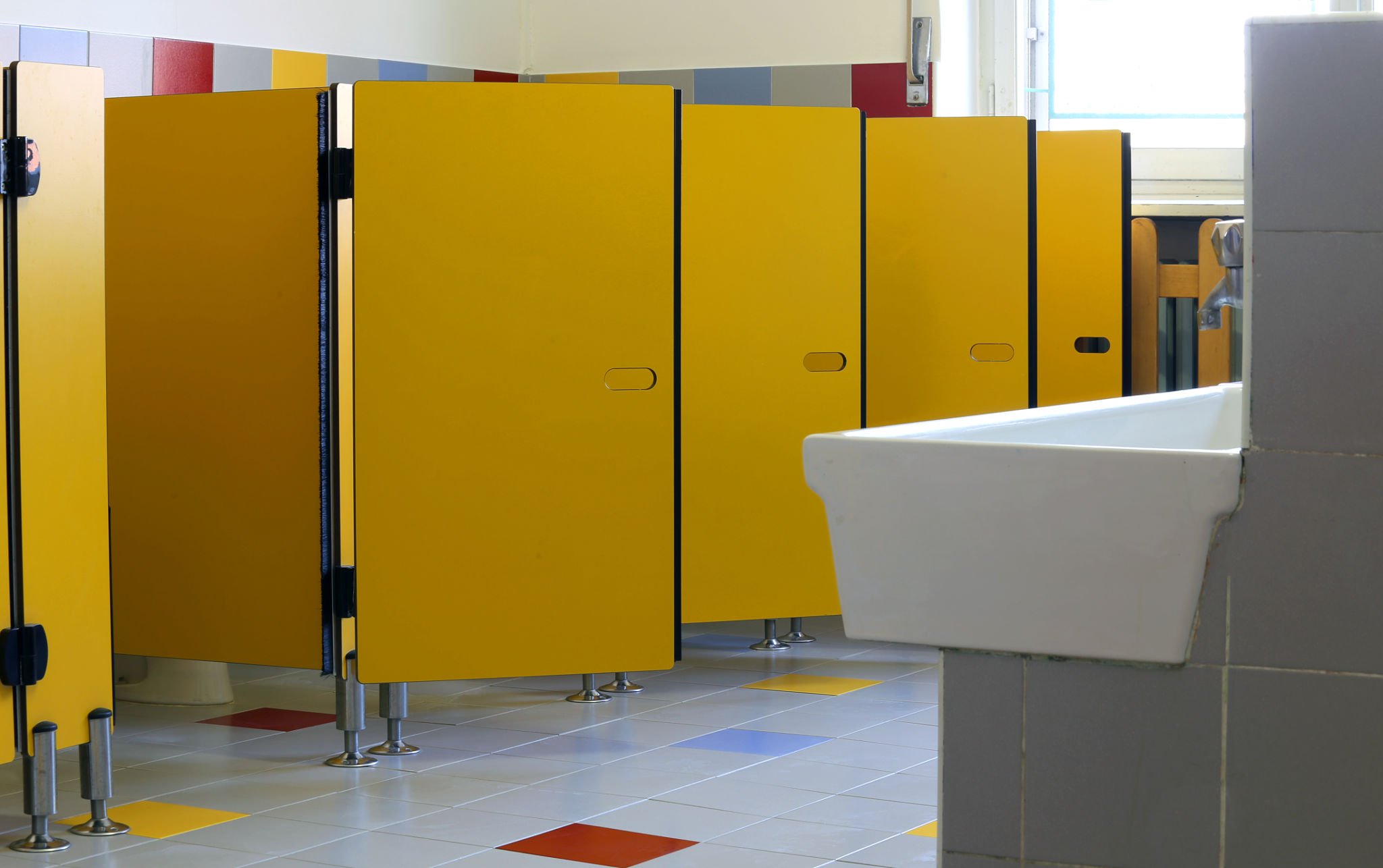The Ultimate Guide to 校舍清潔: Ensuring a Safe and Healthy Learning Environment
Maintaining a clean and healthy school environment is crucial for the well-being and academic success of students. Proper school cleaning, or 校舍清潔, is more than just routine janitorial tasks; it's about ensuring a safe space conducive to learning. This guide will explore essential strategies and practices for effective school cleaning.
Understanding the Importance of 校舍清潔
A clean school environment significantly impacts the health and safety of students and staff. It reduces the spread of illnesses, minimizes absenteeism, and fosters a positive atmosphere. Moreover, a well-maintained school reflects a commitment to education and community well-being.
Regular cleaning routines help eliminate dust, allergens, and harmful pathogens from surfaces. This proactive approach not only protects physical health but also enhances mental well-being by reducing stress and distractions.

Key Areas for School Cleaning
Classrooms
Classrooms are the epicenter of learning, making their cleanliness paramount. Daily tasks should include wiping down desks, chairs, and whiteboards. Weekly deep cleaning should focus on floors, windows, and less frequently used items like bookshelves. Ensure that cleaning products used are safe and non-toxic to avoid exposure to harmful chemicals.
Restrooms
Restrooms require frequent and thorough cleaning due to their high usage. A robust restroom cleaning schedule should include disinfecting toilets, sinks, and floors multiple times a day. Regular inspections should ensure that supplies such as soap and paper towels are always available.

Effective Cleaning Practices
Using the Right Tools and Products
Choosing appropriate cleaning tools and products is essential for effective 校舍清潔. Microfiber cloths, for example, are excellent for trapping dust and bacteria. Eco-friendly cleaning products not only protect the environment but also ensure the safety of students and staff.
Implementing a Cleaning Schedule
A structured cleaning schedule ensures all areas of the school are maintained consistently. This schedule should outline daily, weekly, and monthly tasks, assigning responsibilities to specific staff members to ensure accountability.

Involving the School Community
Encouraging students and staff to participate in maintaining cleanliness can significantly enhance 校舍清潔 efforts. Initiatives like cleanliness awareness campaigns or reward systems for tidy classrooms foster a sense of responsibility among students.
Additionally, involving parents and community members in volunteer clean-up days can strengthen school-community relationships while contributing to a cleaner environment.
Conclusion
Ensuring a safe and healthy learning environment through effective 校舍清潔 is crucial for the success of any educational institution. By understanding its importance, focusing on key areas, implementing effective practices, and involving the school community, schools can create an optimal atmosphere for learning. Remember, a clean school is a happy school!
